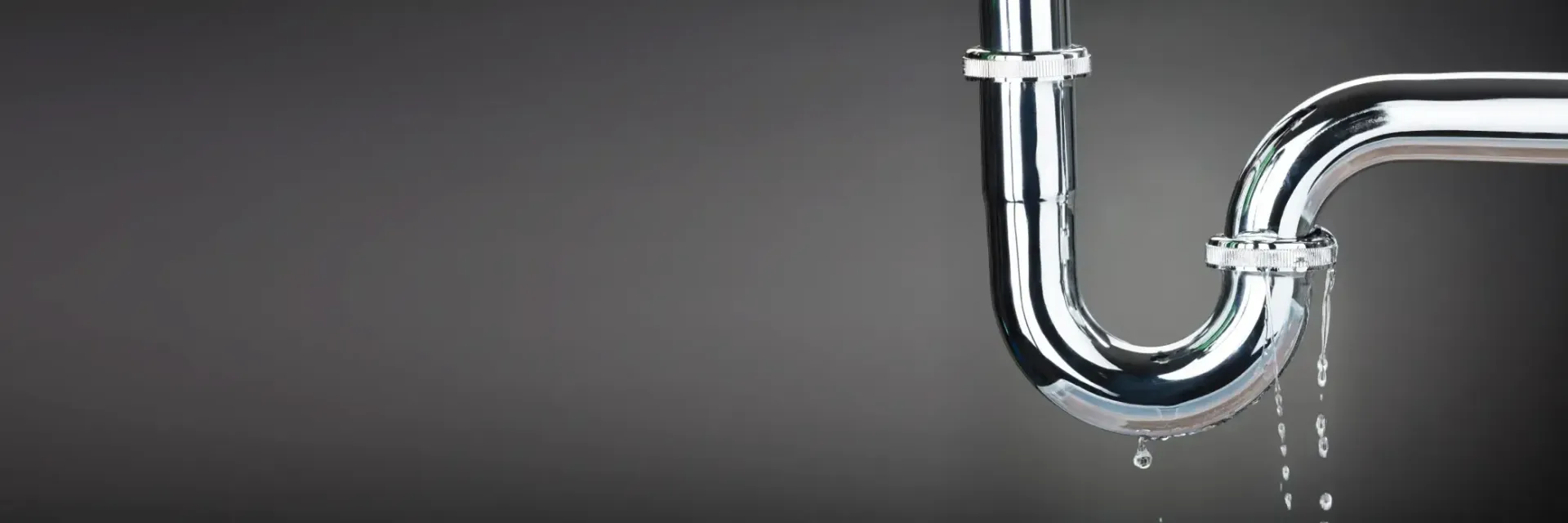How Do You Clean a Sump Pump
Did you know the little engine in your basement could be your home's superhero, preventing an unwanted indoor pool scenario? That's your sump pump, tirelessly working to keep your basement dry and livable.
Perhaps you're sitting there, a cup of coffee in hand, listening to the distant hum of your sump pump and thinking, "I've got this nifty gadget, but what in the world do I do when it comes to cleaning and maintenance?" It's a valid concern, right?
Well, don't fret. You don’t have to be a part-time engineer in your own home. We're about to embark on an enlightening journey to turn this seemingly daunting task into a piece-of-cake experience. You’ll learn the ins and outs of sump pump preventive maintenance and score some unconventional tips that could save you some serious cash. Let's dive right in.
How Do Sump Pumps Work
Imagine your sump pump as a relentless lifeguard, constantly alert in your basement's deep end. It bides its time, ready to spring into action when rainwater or melting snow tries to disrupt your indoor tranquility. The mechanics of it are quite simple. As water levels rise, a float switch triggers the pump. Like an earnest soldier, it swiftly directs the water away from your home via a discharge pipe. Knowledge of these details can be incredibly helpful in cleaning and maintenance.
Preventive Maintenance: The Shield Against Sump Pump Nightmares
Why the fuss about preventive maintenance, you may wonder? Remember that chilly winter morning when your car refused to start, all because you skipped a few oil changes? The scenario is somewhat similar here. Neglecting regular maintenance can lead your sump pump to face issues like clogged pipes, stuck switches, or even burnout – leaving you with an unexpected indoor pool.
Yet, there's more to preventive maintenance than just warding off problems. Regular upkeep of your sump pump brings some unexpected benefits along. Think about it. A well-maintained machine works more efficiently, saving you energy. It also prolongs the lifespan of your sump pump, saving you replacement costs.
How to Clean a Sump Pump
Cleaning a sump pump isn't rocket science. You'll only need a handful of supplies: a bucket, a garden hose, and something as commonplace as vinegar.
Begin by unplugging the pump and disconnecting the discharge pipe. Scoop out any visible debris from the sump pit. Rinse the pump and the pit with your garden hose. Pour some vinegar into the pump, let it sit for a few minutes, then rinse again. The acidic properties of vinegar offer a natural, non-corrosive cleaning solution, effortlessly taking care of any mold, mildew, or grease that may have built up.
Professional Sump Pump Maintenance
Of course, there are times when professional intervention is the smart move. If your sump pump is acting up - making odd noises, vibrating excessively, or constantly running - it might be time to call the pros. They ensure safety during repairs and offer thorough service, identifying and rectifying any hidden issues. What's more, they can validate warranties that DIY maintenance might void.
With all said and done, your trusty sump pump needs a bit of your care to perform its best. And in return, it keeps your home dry and peaceful - just how you like it. So why not give it the maintenance it deserves? After all, your sump pump's well-being is your peace of mind.
Knowing Your Sump Pump's Lifeline
Even though regular DIY maintenance goes a long way, your sump pump won't last forever. Just like your favorite old sneakers, they'll eventually wear out. How would you know it's time for a replacement, you ask? If your sump pump is over ten years old, keeps cycling on and off, or you've had a few basement floods, it might be time for an upgrade.
Here's the kicker, though - you don't have to wait for signs of a failing pump before considering replacement. If your area is prone to heavy rainfall or your pump runs frequently due to a high water table, it's wise to replace it sooner. In other words, you're not just buying a new appliance; you're buying assurance that you're prepared for anything Mother Nature throws your way.
Who to Call For Sump Pump Maintenance
The familiar hum of your well-maintained sump pump in the basement, standing guard against water intrusion, can be the sweetest lullaby for a homeowner. You may have started with concerns, maybe even a tad overwhelmed by the idea of sump pump maintenance. But you’re now armed with the know-how and ready to tackle it head-on.
Now, if you ever need a hand or feel it's time for professional maintenance, don't hesitate to contact Gainesville Mechanical Inc., Your local experts in heating, cooling, and plumbing repairs and installations. We've been in the business since 1989, offering comprehensive residential and commercial services throughout Gainesville, GA. The best part? We are available round the clock, seven days a week, ready to assist with highly skilled and certified technicians. So why not schedule an appointment and take a step further in maintaining the tranquility of your home?











Share On: